Raccoons can wreak havoc trying to gain entry to your home and cause significant damage creating a den in your attic. They can cause a mess of garbage and destroy home gardens and birdfeeders. Because they are nocturnal, you’ll most likely hear a loud thumping at night in the attic.
Live trapping is the most common removal technique. Direct capture is not commonly used. When juveniles are present, the use of repellents can be effective. Exclusion techniques including securing food sources and closing any entry points are the best way to keep raccoons out.
Raccoon Removal Process in Dallas
Raccoons live across Texas in all vegetative regions. Raccoons are most numerous in the Eastern part of the state and prefer hardwood-timbered habitats close to water.
They occupy a variety of other habitats, including bottomland swamps, marshes, the land around lakes or ponds surrounded by narrow stands of trees, farmlands (especially those with corn or milo fields), and heavily wooded residential areas in Dallas.
Inspection for Raccoon
We inspect the entire house both inside and out. We check the attic and crawlspace. We look for entry points along the exterior and on the roof. Each house is different. Each species is different. An inspection could take as little as 30 minutes or as long as 3 hours.
Evidence of a raccoon inside the house:
- Latrine sites (raccoon poop)
- Raccoon tracks or paw prints
Evidence of a raccoon outside:
- Damaged to soffits, vents, roof returns, etc.
- Smudge marks
- Claw marks on siding
- Holes in yard
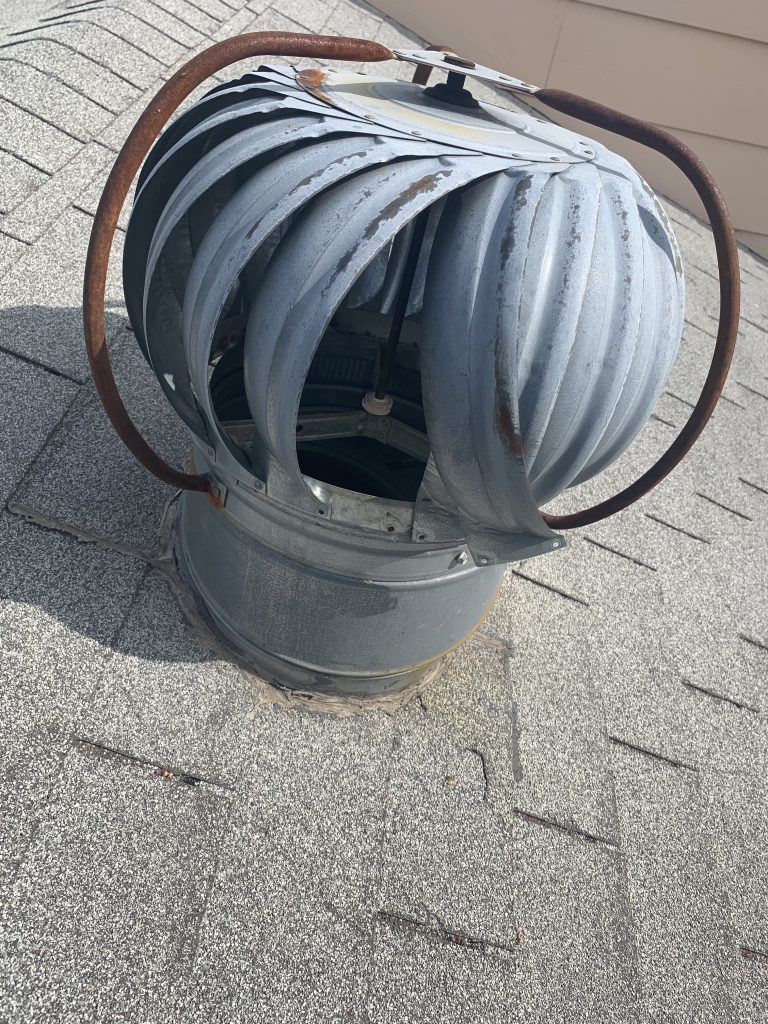
Humane Raccoon Removal
After the inspection, we share what we found with you and explain how we solve the problem. Each plan is unique to the homeowner. Removal strategies include but are not limited to live trapping, direct capture, deterrents, or one-way doors.
Raccoon trapping is the most effective way to get a raccoon out of your Dallas-Fort Worth home. If a mother is present with kits, raccoon eviction fluid might be an effective deterrent.
Once they’re gone, we repair any damage and apply sanitizing and ectoparasite agents. We return your home to the condition before the animal was present.
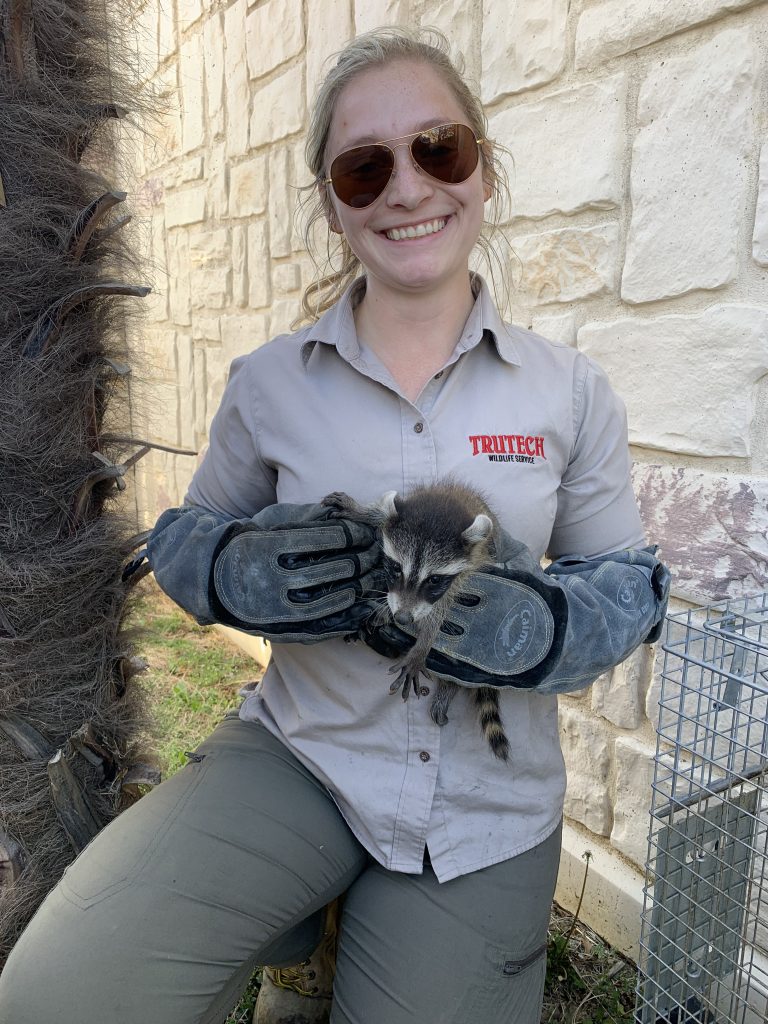
Raccoon Prevention
A full home exclusion creates a barrier that prevents animals from entering or re-entering your home. Exclusions provide long-term and safe solutions to keep an animal out. We seal all types of entry points like plumbing stacks, gable vents, ridge vents, crawlspace vents, and roof returns. In addition, Trutech offers a one-year warranty on full home exclusions.
We are not satisfied until you are and that’s 100% guaranteed.
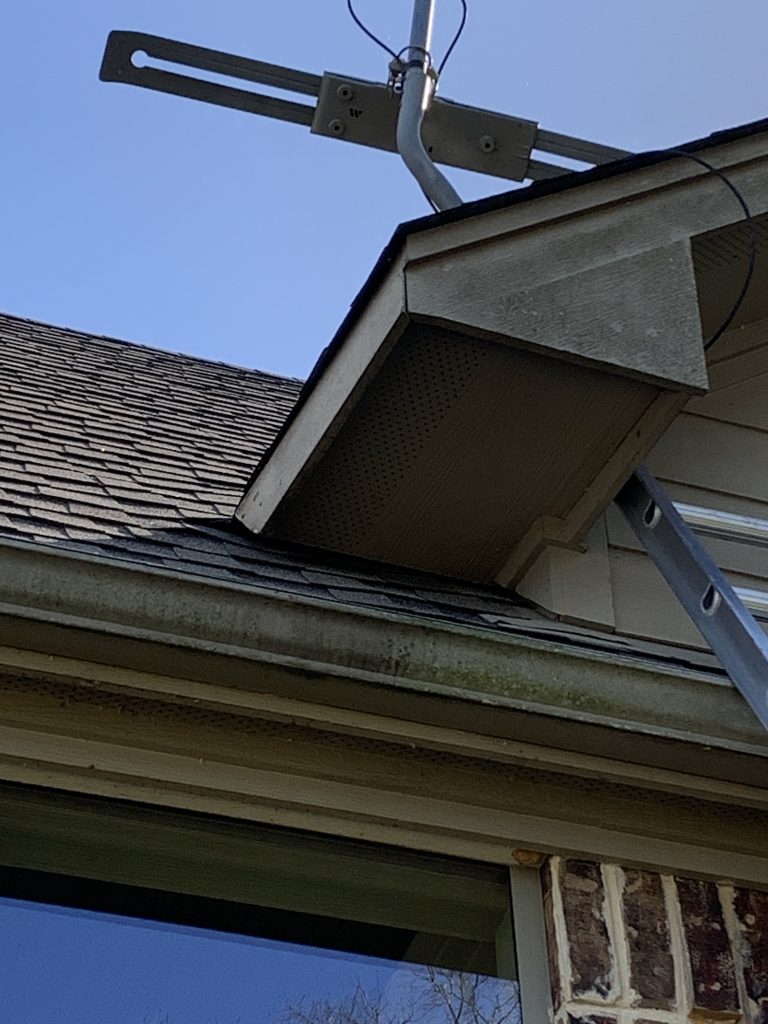
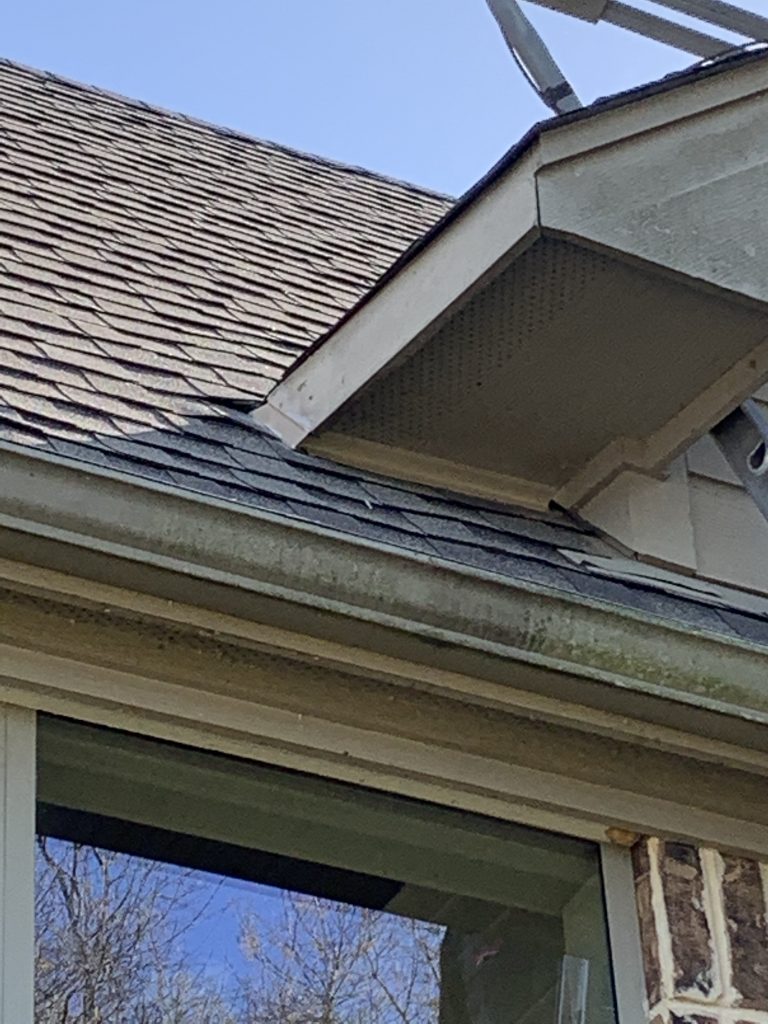
There are a number of factors that determine raccoon removal costs, such as:
- location of the animal (i.e. -, chimney, attic, crawl, wall void, living area),
- condition of the animal (i.e. – sick, aggressive, dead),
- location and condition of the property and time of year (i.e. – weather condition, offspring present?).
Generally speaking, pricing will vary by location and species for just the animal removal and that pricing usually does not include the entry repair.
The best way to get rid of a raccoon is with a cage trap. Before you try to catch a raccoon, stay up to date on Texas regulations. Nuisance fur-bearing animals may be captured and relocated if the person has received authorization from TPWD and the property owner.
Landowners or their agents may take nuisance fur-bearing animals in any number by any means at any time on that person’s land without the need for a hunting or trapping license. However, fur-bearing
animals or their pelts taken for these purposes may not be retained or possessed by anyone at any time except licensed trappers during the lawful open season and possession periods.
While landowners can shoot a raccoon on their property, we do not recommend shooting a raccoon in your house.
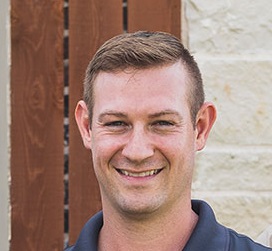
Brad Woods
Brad is the District Manager for Dallas-Fort Worth for Trutech Wildlife Service. He graduated from the University of Arkansas at Monticello with a Bachelor of Science in Forestry and a Masters of Forest Science. Brad has worked in wildlife removal for over seven years.


